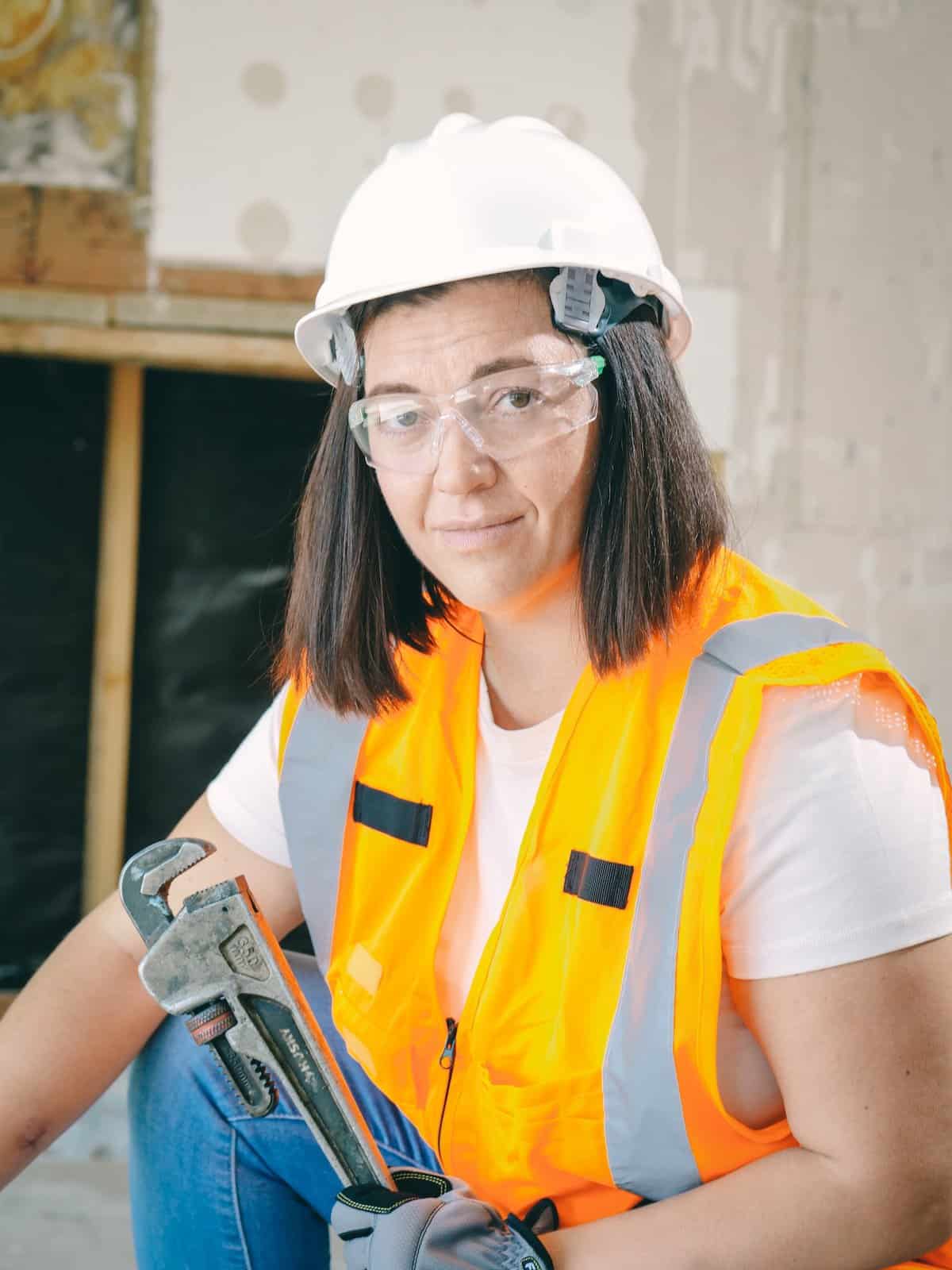A Step-by-Step Overview to Reliable Hot Water Heater Installment for Optimal Efficiency
Embarking on the task of mounting a hot water heater is an endeavor that demands accuracy and an organized strategy for accomplishing optimum performance. The procedure starts with the essential decision of choosing the appropriate heater tailored to the specific requirements of your household, taking into consideration aspects such as power, size, and kind source. As soon as chosen, preparing the setup area to fulfill security criteria is extremely important. However, the trip does not finish right here. As you continue, the details of attaching supply of water lines and establishing dependable electric or gas connections await, encouraging insights into guaranteeing performance and dependability.
Choosing the Right Water Heating Unit

Next, think about the size and capacity of the water heating unit. It's crucial to analyze your family's warm water demands, which can vary based on the number of passengers and their usage patterns. An unit that's also little may lead to not enough warm water, while an extra-large design may cause unneeded power intake.
Efficiency rankings additionally play a crucial duty in choice. Look for hot water heater with high Energy Factor (EF) rankings, suggesting remarkable efficiency and minimized energy use. Tankless models, though usually more pricey ahead of time, offer substantial energy financial savings gradually due to their on-demand heating capacities.
Preparing the Installation Area
Prior to installing a new hot water heater, meticulous prep work of the installment location is necessary. This makes sure a smooth setup process and assists protect against future problems (Water Heater installation Alabaster AL). Begin by selecting a suitable place that follows regional building ordinance and safety and security criteria. The area ought to be dry, well-ventilated, and available for maintenance. It's crucial to gauge the space carefully to suit the water heater's dimensions, making sure sufficient clearance around the device for effective operation and servicing.
Following, eliminate any type of debris, dust, or blockages from the website to develop a tidy environment. Inspect the floor for security, as the water heater will certainly require a strong, level surface to operate successfully. If necessary, mount a drip frying pan beneath the device to catch potential leaks or spills, protecting against water damages to the surrounding area. In regions vulnerable to seismic activity, think about installing seismic straps to safeguard the heater firmly in place.
Furthermore, make certain that all essential devices and materials are on hand prior to beginning the setup. This consists of things such as wrenches, screwdrivers, a degree, and any type of additional equipment needed for installing and securing the heater. A well-prepared installation area establishes the foundation for an effective water heating unit configuration, optimizing efficiency and safety and security.
Connecting Water System Lines
When connecting water supply lines to your recently installed hot water heater, it is critical to ensure that all links are leak-free and secure to maintain effective procedure and avoid water damage. Begin by recognizing the chilly and hot water lines. The cool water inlet is usually marked with a blue label or a "C", while the warm water outlet is noted with a red label or an "H".
Use adaptable hot water heater adapters to promote a much easier installment procedure. These connectors can take in resonance and enable small motion, reducing the risk of leakages. Before attaching the ports, put a plumbing technician's tape around the threaded ends of the hot water heater's inlet and electrical outlet pipelines - Plumbing Services Alabaster AL. This tape works as a sealer, preventing leakages. Meticulously link the versatile pipes to the corresponding inlet and electrical outlet, ensuring that they are not over-tightened but tight, which might harm the threads.
Once links are in location, slowly switch on the major supply of water shutoff. Examine each connection for leakages by visually inspecting and really feeling for dampness. Tighten up links as required, and make sure the stress safety valve is correctly set up, guarding versus excessive stress build-up.
Establishing Electric or Gas Connections
Appropriately establishing up the electric or gas links for your water heating system is an important step to make sure risk-free and effective procedure. For electrical hot water heater, begin go by verifying that the electrical circuit works with the heater's voltage and amperage demands. Make sure the power supply is shut off at the breaker to prevent crashes. Link the electrical wires to the heating system complying with the producer's electrical wiring representation. Usually, this entails linking the ground cable to the green terminal, and the staying wires to their corresponding terminals, safeguarding each with cord nuts.
For gas water heaters, security is paramount. Attach the gas line to the water heater making use of a versatile gas connector, guaranteeing it is appropriately threaded and secured with pipe joint compound or Teflon tape appropriate for gas connections.
As soon as connections next are made, examine for any potential leakages. For gas lines, apply a soapy water service to the joints; bubbles show a leak. For electric connections, confirm that all wiring is protected and effectively protected, preserving compliance with local electrical codes.
Evaluating and Adjusting for Effectiveness
With the electrical and gas links securely in area, the following action is examining the functional effectiveness of your water heating unit. Begin by very carefully turning on the water and ensuring there are no leakages at any one of the joints or shutoffs. Once confirmed, proceed to load the container, paying focus to the pressure and temperature level settings. It is a good idea to set the thermostat to an advised temperature of around 120 ° F(49 ° C) to stabilize energy efficiency and comfort.
Next, execute a complete assessment to make sure the burner or burner are functioning correctly. For electrical heating systems, utilize a multimeter to confirm if the aspects are drawing the proper current. In gas designs, observe the heater flame; it read here ought to be blue and steady, showing reliable combustion.
Readjust the setups as required to eliminate inadequacies. Take into consideration carrying out insulation measures, such as including a water heating system blanket, to better boost efficiency by minimizing heat loss. In addition, check the anode rod's condition, as a scrubby rod can minimize efficiency and result in storage tank rust.
Verdict
Reliable water heating unit installment is critical for guaranteeing ideal efficiency and power financial savings. Securely connecting water supply lines and thoroughly setting up electrical or gas links reduce possible issues.

Correctly establishing up the electrical or gas links for your water heater is a crucial step to make certain secure and effective operation. For electrical water heating systems, start by verifying that the electric circuit is suitable with the heating unit's voltage and amperage needs. Attach the gas line to the water heating system making use of an adaptable gas connector, ensuring it is appropriately threaded and sealed with pipe joint substance or Teflon tape appropriate for gas links.